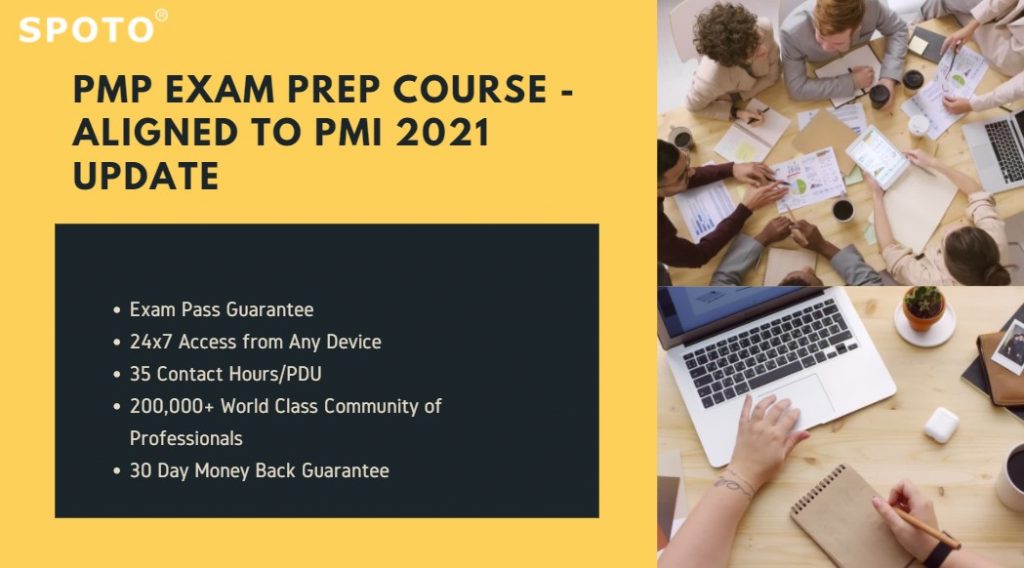Whatever you do, chances are you handle projects on a regular basis in order to achieve both personal and professional career goals.
Projects, on the other hand, entail risks. While project risks are unavoidable, you don’t want to be a victim of them if you can avoid them. Fortunately, some risks are so common that they are simple to identify and address, saving you time, money, and resources.
Here is a list of the nine most common project risks that we will be learning about in-depth, as well as how to deal with them:
Cost Risk, Scheduling Risk, and Performance Risk
Market Risk Governance Operational Risk Risk
Strategic Danger
Legal Danger
Risks from External Hazards
How to Deal with and Avoid Risks
Common Project Management Pitfalls and Why They Are Dangerous
Modern businesses and professionals understand that taking risks is necessary to get ahead, but how you take risks is critical. This means business planning, building, and strategizing for many project managers – actions that all rely heavily on carefully balancing what resources you have and planning risk assessments around them. Operating in this manner ensures that your company is protected as it grows.
During risk management, project managers and professionals look for events that could have a negative impact on overall project performance. Because risks are both internal and external, risk assessment and management typically include a number of factors such as:
Evaluation of program risks
Evaluation of investment risk
Evaluation of operational aspects
Differential analysis
Uncertainty about costs
The following list of the most common project risks that modern businesses face will provide you with a significant advantage in risk management and planning. By understanding and researching these risks, you will be in a better position to avoid them and position your company for success, growth, and longevity.
Risk of Cost
Cost risk is the most common project risk, and it results from poor or inaccurate planning, cost estimation, and scope creep. When this occurs, project managers end up spending more money on a project than they actually have, which may harm the business in other areas or cause the project to be abandoned if funds and resources cannot be replenished.
Schedule Danger
Schedule risk is the risk that project tasks and activities will take longer to complete than expected as a result of poor planning. Schedule risk is closely related to cost risk because schedule slips frequently increase costs, slow project benefits, and throw off timelines, resulting in the loss of any competitive advantage you may have had at the start.

Risk of Poor Performance
This project risk is not the fault of any single party, making it all the more daunting. The risk of project performance is simply the risk that the project will not produce the results and benefits specified in the project specifications. Even if you keep costs under control and stick to the schedule, performance risk can mean you’ve wasted time and money on a project that didn’t deliver.
Operational Danger
Poor implementation and process issues, including but not limited to procurement, production, and distribution, cause operational risk. In short, this project risk is a component of performance risk because the expected outcome does not occur at all or in the manner that project managers had anticipated.
Market Danger
Market risk encompasses threats posed by competition, commodity markets, interest rates, foreign exchange, liquidity, and credit risks. This project risk is more unpredictable and difficult to plan for, but there are steps project managers can take to protect their company.
Governance Danger
Governance risk is linked to the board’s and management’s performance in terms of community, ethics, company reputation, and community stewardship. This risk should be easier to manage because it is largely determined by the actions of business executives. Of course, this risk remains, and it should be taken seriously.
Strategic Danger
Another type of performance risk is strategic risk. Problems arise as a result of strategizing errors, such as selecting project management software that is ineffective for your project.
Legal Danger
Legal risk is unpredictability, and it can arise from legal and regulatory responsibilities. Contract risks, litigation brought against the company or organization, and internal legal issues are among them.
Risks from External Hazards
These are the most unpredictable risks, and they come entirely from outside sources: nature, other people, government, and society. Storms, floods, earthquakes, and other natural disasters are examples of external hazard risks, as are vandalism, sabotage, and terrorism, as well as civil unrest and labor strikes.
How to Deal with and Avoid Risks
So, how can you address these nine common project risks to ensure maximum success? When used in tandem, the following strategies will help you protect your organization and significantly reduce the risk of falling victim to common project risks.
Using a Risk Register, you can identify risks early on.
Identifying project risks before the start of your project is an excellent way to address and avoid common pitfalls. A risk register is one method for accomplishing this. A risk register (also referred to as a risk log) is an essential component of risk management. It is created at the start of the project and serves as a tool to assist project managers in tracking issues and dealing with them as they arise.
A risk register is used in project management and risk management to record details of all identified risks, as well as their analysis and plans for how the risks will be dealt with. A risk register or log, in short, identifies different risks and their severity, then provides actions and steps to mitigate the risk.
Make use of Project Management Software
Project management software enables you to streamline project tasks and activities while also planning work down to the last detail. Software is one of the best ways to avoid risks because it allows project managers to anticipate problems and risks and plan accordingly. And, when combined with a risk register, it effectively covers all of your bases.
Become a Project Manager Right Now!
SPOTO Learning Post Graduate Program in Project Management, in collaboration with the University of Massachusetts Amherst, will help you become a digital-age project leader. In accordance with the Project Management Professional (PMP®) certification, you will learn the tools, frameworks, best practices, and skills needed to reduce project risks and drive transformational projects.





